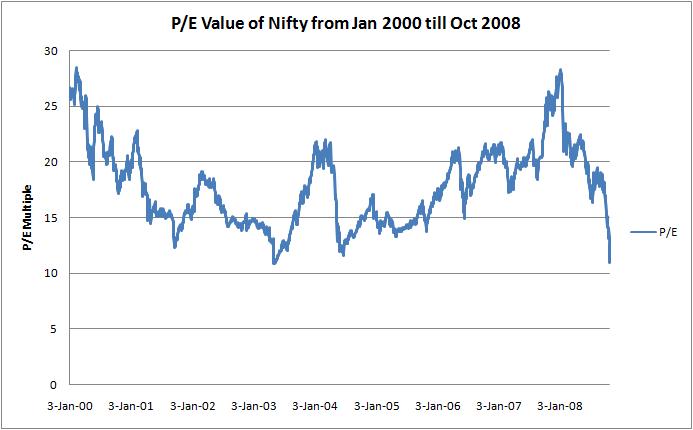With the Japanese economy contracting for two consecutive quarters, the focus of many economists has shifted to Deflation. Why does deflation worry economists so much and what are the consequenses of deflation?
Deflation is a broad based decline in the general price level of goods and services. This decline is both sustained, and constant. A temporary fall in the prices of goods and services does not constitute deflation.
So, that means that it makes sense for consumers to delay their purchases. If you can buy something tomorrow for a buck, you will not buy it today, for two.
The real trouble starts when tomorrow comes and you still don’t make the purchase, because you hope to get it even cheaper in a week.
This attitude causes a deflationary spiral and in theory can cause a free-fall in the demand of goods and services in an economy. That also means a free fall in prices and an even more contraction of the economy.
If you take this argument further, you will realize that by simply hoarding money; you are making it more valuable. If you save hundred dollars today; you will be able to buy much more with those hundred dollars tomorrow. This creates an incentive to hoard money and risk the stoppage of all economic activity.
That is why you see the Fed rushing to slash interest rates, when they fear deflation. If they slash interest rates, and you can’t get good returns on your Savings account; you will be forced to either spend or invest your money. This will again boost demand and help the economy come out of its downward spiral.
Good Deflation
There is such a thing as good deflation also. When price levels fall because of technological improvements; that boosts productivity and helps stimulate demand too. That was seen when the prices of cars or computers went down. When that happened; more and more people bought cars and computers and stimulated demand. This is an example of good deflation. However it is not broad based and does not occur in the entire economy.
Deflation and Unemployment
Due to the slack in demand and rise in real wages, businesses find it increasingly difficult to pay wages and keep people on their payrolls. This creates a situation of lay-offs and that further reduces demand. Another situation that creates a vicious circle.
Loan Defaults
As deflation rises the “price” of money increases and the price of assets decrease. So if you have taken a mortgage to buy a house, you will see your house price dropping constantly and the stuff your dollar can buy increase constantly.
Such an environment is really conducive for loan defaults and invariably a lot of debtors default on their loans. That further worsens the situation as there are more problems in the economy now.
Difficult to control
Deflation gets very difficult to control for central banks. They can only lower the interest to 0% and after that there is not much that they can do. It becomes hard to jump-start the economy and stimulate demand. Once, in deflation, countries tend to come out of it really slowly.
All these factors make deflation really undesirable and all attempts are made to keep the economy in moderate inflation.

